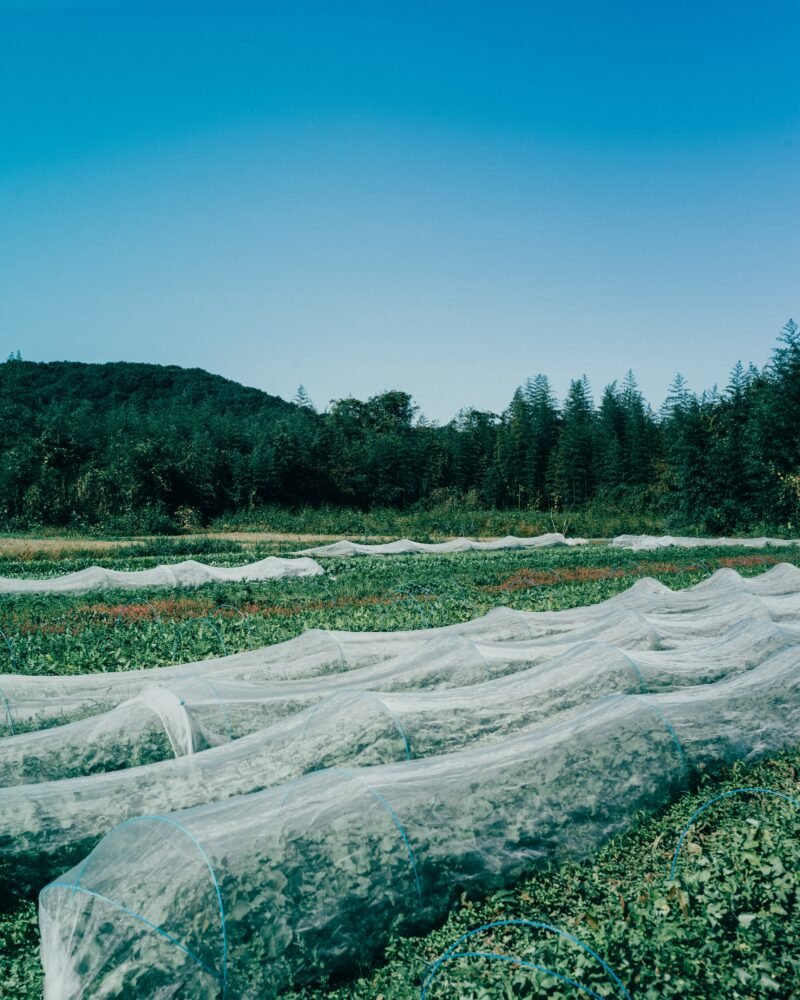Tokyo Totem: A Guide to Tokyo
Our friends of creative collective Monnik recently launched their first book, Tokyo Totem: A Guide to Tokyo. And no, this isn’t another travel guide. Rather, it’s a collection of contributions from all sorts of urban explorers that allow you to see, read and experience the world’s largest metropolis from an entirely different angle.
“This book will be of little use if you want to know where to eat or what to see. Instead, this book is a subjective guidebook that is intended to help you navigate and read this city in a way that evokes both a sense of adventure and a feeling of belonging.” Tokyo Totem‘s preface immediately stresses what it’s about: offering an opportunity to experience Japan’s capital through the eyes of urban explorers and from different angles. This isn’t about ticking boxes on your to-do list — this is about really getting to know the city.

Most of us know that Tokyo is the largest metropolis in the world. Some of us may also know that it’s the safest city in the world. But does this mean that we really know the city? In Tokyo Totem, both insiders and outsiders offer various lenses to look through when getting to know Tokyo. An highly diverse collective of 46 urban explorers, including ‘bathhouse connaisseur’ Greg Dvorak, social design researcher Atsushi Miura and visual artist Jan Rothuizen, share their inspiring stories on Tokyo. The book refers to Tokyo as a ‘Still City’ — a city that’s not growing, but dynamic and continuously changing.

Artwork by Jan Rothuizen
Roppongi is an area that may illustrate this dynamism and continuous flux of transformation the most. As Norihisa Minagawa notes in ‘A Recommended Tour of Roppongi’s Uneven Topography’, this area is in particular known for its unique uneven topography. One finds highly contrastive townscapes offering built forms that vary from wooden houses to highrise appartment blocks; stairs that connect different parts of the neighborhood, and a unique mix of land uses, such as a cemetery, deprived housing and feudal gardens all in close proximity.



“So far, I’ve been to at least one hundred of these baths in Tokyo alone. It’s barely a fraction of the urban bathscape. (…) It has profound meaning for how neighborhood and community in this endless metropolis are experienced,” notes Greg Dvorak in ‘The Naked Neighborhood: Exploring The Metropolitan Bathscape’. Tokyo is a city that offers a plethora of hot springs and public baths — hunderds, perhaps even thousands are to be found. Dvorak argues that public bathing in Tokyo is something fascinating and entertaining that connects complete strangers to locals and shared rituals. The city’s bathing culture has a much deeper meaning — a naked relationship (“hadaka no tsukiai”), which indicates that a relationship between people is honest and they have (literally) nothing to hide for each other.

Another interesting chapter is ‘Signboard Machiya’. Opposite to a growing number of anonymous, commercial spaces, Tokyo still has many traditional shop-houses. These incorporate both working and living within one architectual unit. In most cases, these shop-houses are represented in Signboard Architecture: buildings that present a flat, front facade attached to a wooden machiya building. In the more traditional parts of Tokyo, one still finds many of these typical units. Because of their structure, living and working almost become one shared activity, increasing the personal realm and social space.

Tokyo Totem offers an original, inspiring and alternative view on the world’s largest metropolis. In a sometimes quite bizzare, unexpected way it introduces particularities and characteristics of Tokyo that make the city as it is. It allows you to see, read and perhaps even understand the city from different perspectives. An interesting read, that you definitely may want to bring besides your regular tourist guide when visiting Tokyo.
Tokyo Totem: A Guide to Tokyo
By Edwin Gardner & Christiaan Fruneaux (Monnik)
Published by Flick Studio
Paperback, 320 pages
Language: English
ISBN: 9784904894286



